#scottish mythology
Photo

The Kelpie Pond by Jaimie Whitbread
8K notes
·
View notes
Text

The Kelpie by Herbert James Draper (1913)
#herbert james draper#art#paintings#fine art#1910s#1910s art#academism#academicism#academic art#painting#english artist#british artist#mythology#scottish mythology#scottish folklore#kelpie#classic art
10K notes
·
View notes
Text

kelpiieee
1K notes
·
View notes
Text

A page from TILT: SIX TALES by @kroovv!
Caleb is the enthusiastic owner of The Last Stop, a café for spirits passing through to the other side. But when a human finds his way to the café, the staff soon realise that this new customer might not be able to go home.
🐉 Available in print and PDF at quindriepress.com!
564 notes
·
View notes
Text
How To Get Free Books On Folklore
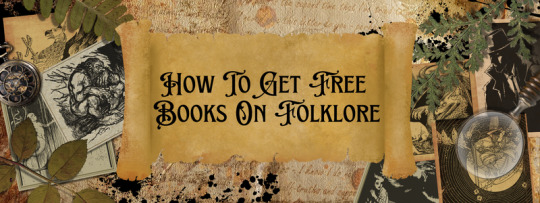
I do not believe in gatekeeping knowledge, so this post will be sharing how I get all my folklore books for free, legally.
To explain, when a book gets over a certain age and the copyright is not upkept, it falls under “public domain.” When that happens, many different websites will provide those books as a free download.
This is not restricted to one type of book, either. You can grab anything from Sherlock Holmes to history books, to folklore, and more.
If you are looking for a specific book, you may have to check more than one source, so I suggest bookmarking more than one website.
Example Websites:
Internet Archive
Project Gutenberg
Google Books
Open Library
Electric Scotland (Scottish books)
Sacred Texts
National Library of Scotland: Ossain Collection
Forgotten Books
Hathitrust
For me when I download a book, I then upload them to my Google library so that I can use the search functions as well as bring up the books anywhere, but a popular PC option isCalibre.
If you are interested in Scotland-specific folklore, I do have some suggestions of books you can start with.
Scottish Folklore Books:
(link) A Dictionary of Fairies: Hobgoblins, Brownies, Bogies, and Other Supernatural Creatures by Katharine Briggs (1976)
(link) Folklore of Scottish Lochs and Springs by James M. Mackinlay (1893)
(link) Superstitions of the Highlands & Islands of Scotland by John Gregorson Campbell (1900)
(link) The Peat-Fire Flame: Folk-Tales and Traditions of the Highlands and Islands by Alasdair Alpin MacGregor (1937)
(link) Notes on Folk-Lore of the North-East of Scotland by Walter Gregor, M.A. (1881)
(link) The Fairy-Faith in Celtic Countries by W.Y. Evans-Wentz (1911)
(link) Witchcraft and Superstitious Record in the South-Western District of Scotland by J. Maxwell Wood (1911)
(link) Witchcraft & Second Sight in the Highlands & Islands of Scotland by John Gregorson Campbell (1902)
(link) Folklore of Scottish Lochs and Springs by James M. Mackinlay (1893)
(link) Folk-Lore From The West of Ross-Shire by C.M. Robertson (1908)
(link) The Fairy Mythology / Illustrative of the Romance and Superstition of Various Countries by Thomas Keightley (1850)
(link) Popular Tales of the West Highlands by John Francis Campbell (1862)
(link) Scottish Fairy and Folk Tales by Sir George Douglas
(link) The Scottish Fairy Book By Elizabeth W. Grierson (1918)
(link)
(link) Popular Superstitions of the Highlands By W Grant Stewart (1823)
#folklore#mythology#myths#lore#scottish folklore#ScottishFolklore#scottish mythology#history#witchcraft#folk magic#folkmagic#paganism#scottish paganism#ResearchResources
3K notes
·
View notes
Text

Am Fear Liath Mór, or the Big Grey Man of Ben MacDhui [Scottish cryptid]
The high passes of Ben MacDhui – the second largest mountain in Scotland – are haunted by tales of a mysterious creature that supposedly stalks hikers. Usually it is described as an impossibly tall, grey spectre, thereby earning it the name ‘Am Fear Liath Mór’, meaning ‘the big grey man’.
The story starts in 1891 with professor Norman Collie of the Royal Geographic Society, who happened to be a passionate hiker as well. The professor had just climbed the cairn on the summit of Ben MacDhui when he heard something that vaguely sounded like footsteps. I should mention that this area is notoriously misty, so you can imagine how easy it is for a lone hiker to get anxious when hearing strange noises.
The footsteps continued, but they were oddly spaced: for every ‘step’ the professor heard, he himself took three or four. It was as if this mysterious spectre was taking giant leaps or had huge legs. Eventually the professor was overtaken by panic and fled. Much later, in 1925, he recounted his tale and shared it with the newspapers, who were eager to publish and often exaggerate the story of a supposed monster or cryptid living in the Scottish mountains. At the time, the mystery creature was dubbed ‘the Ben MacDhui Ghost’ in the media.
Afterwards, multiple people came forward with claims about the mountain ghost, some of which were believable (hearing unidentified sounds) and some were more fantastic (Richard Frere and Peter Densham claimed to have had a conversation with an invisible, psychic creature).
Richard Frere would later claim that while he was hiking on the top of the Ben MacDhui, he had an unshakeable feeling that someone else was there with him, and he would hear a strange high-pitched noise that seemed to come from the soil beneath his feet.

Frere also gave a physical description of a creature he claimed to have seen (but it is difficult to verify whether this is the oldest actual ‘sighting’ of the supposed ghost): a large, brown creature was seen swaggering down the mountainside. It stood about 20 feet (6m) tall, was covered with short brown fur and had a disproportionally large head supported by a thick, muscular neck. It had broad shoulders but walked upright and did not resemble an ape.
Interestingly, only a single sighting happened on a nearby mountain, rather than on the Ben MacDhui itself: in the 1920’s, Tom Crowley, the president of the local Moray Mountaineering Club, claimed to have seen an apparition while descending from Braeriach to the Glen Eanaich. It was a very tall, misty grey figure with a humanoid shape, albeit with long legs that ended in strange talons (described as resembling fingers more than toes) and a head with pointy ears.
Dr. A. M. Kellas, himself a famed mountaineer, also claimed that a giant grey humanoid creature haunted the mountain. Among the many supposed sightings, I am uncertain which one is actually the oldest description of the ‘Grey Man’ as a tall, grey spectre, but it is certainly the most popular one. The grey apparition had cemented itself as a local cryptid and urban legend and many more supposed sightings followed.
Though it is often claimed that the creature is connected to ancient Scottish or Celtic mythology, this is most likely false. Gray Affleck, the author of ‘The Big Grey Man of Ben MacDhui’, attempted to research this link but could not find a single connection with actual Highland mythology.
In 1958, the June edition of ‘Scots Magazine’ told the story of Alexander Tewnion’s 1943 expedition to the mountain. While he was descending the mountain, a giant grey shape suddenly loomed over him. Having none of this bullshit, Mr. Tewnion immediately pulled out his revolver and fired three bullets at the thing. The mysterious apparition seemed not to notice, however, and kept walking towards him, upon which Tewnion fled.
Sources:
Barrie, A., 2005, Sutton Companion to the Folklore, Myths and Customs of Britain, The History Press, 480 pp.
Gray, A., 2013, The Big Grey Man of Ben MacDhui, Birlinn, 183 pp. (reviewed edition, first edition published in 1970)
(image source 1 : Attila Nagy on Artstation)
(image source 2: ManthosLappas on Deviantart, ©Fear Liath)
#Scottish mythology#cryptids#urban legends#creatures#mythical creatures#mythology#bigfoot#yeti#humanoid creatures#ghosts
110 notes
·
View notes
Text
🐎


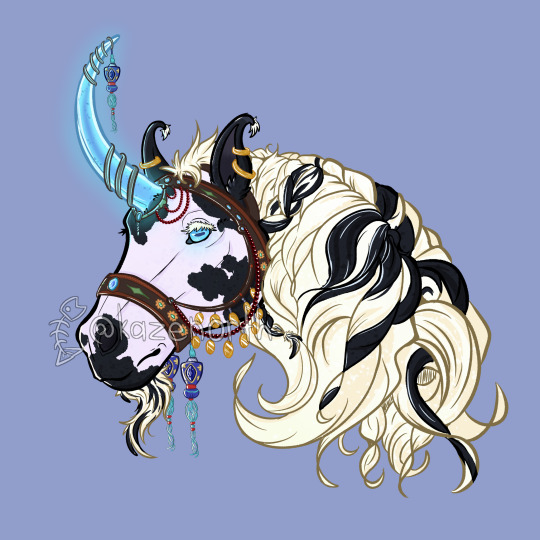
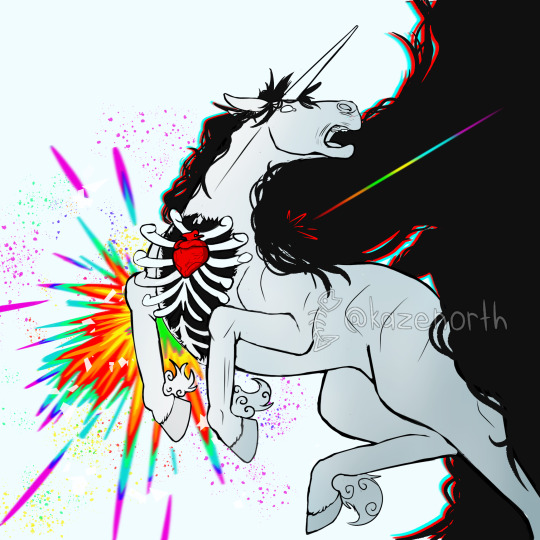
#art#digital art#horses#horse art#equine art#unicorns#unicorn art#kelpie#scottish mythology#norse mythology#rainbow#pride#queer pride#illustration#furryartist#animalartist#animal#animalart#horseart#sleipnir#antifacist#norse runes#scottish kelpie#unicorn#digital artist#digital drawing#digital illustration#animal illustration#blue#red
161 notes
·
View notes
Text

#id in alt text#cait sith#final fantasy vii#final fantasy 7#ffvii remake#ff7 remake#final fantasy 7 remake#final fantasy vii remake#ffvii rebirth#final fantasy vii rebirth#ff7 rebirth#celtic#celtic mythology#irish mythology#scottish mythology#The king of the cats#reeve tuesti#Cat-sidhe#Fairy Cat#cat-sìth
66 notes
·
View notes
Photo

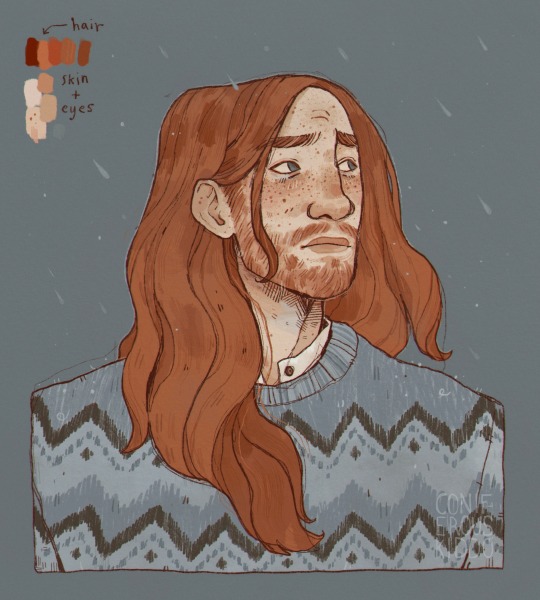
updated designs of my old characters iona and murron 🍂🦭
(murron is transmasc he/him for th most part now, iona’s still transfem and uses she/they/it, mostly she)
also! these are sorta for artfight , the link is in my pinned post
#illustration#digital art#selkie#artists on tumblr#sketches#lgbtq artist#queer art#fantasy art#ocs#trans character#scottish mythology#scotland#t4t#trans art#oc: murron#oc: iona#coniferouskiddo#2022
1K notes
·
View notes
Photo
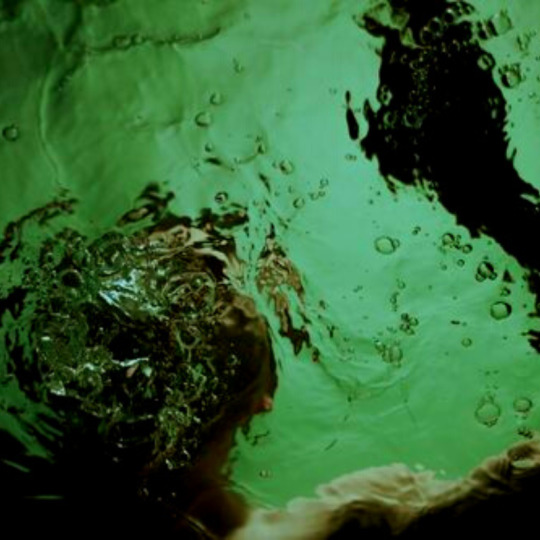
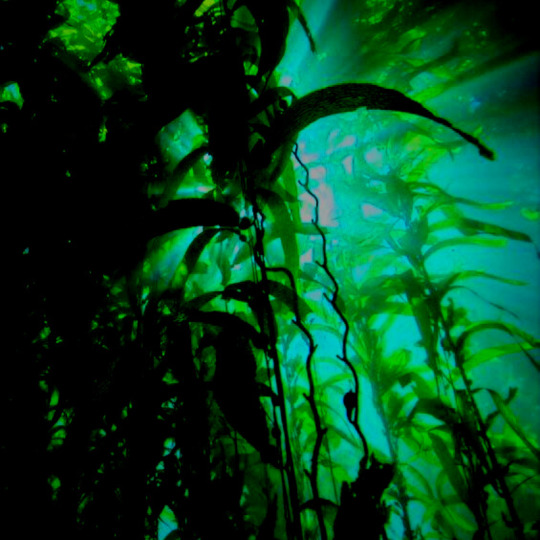
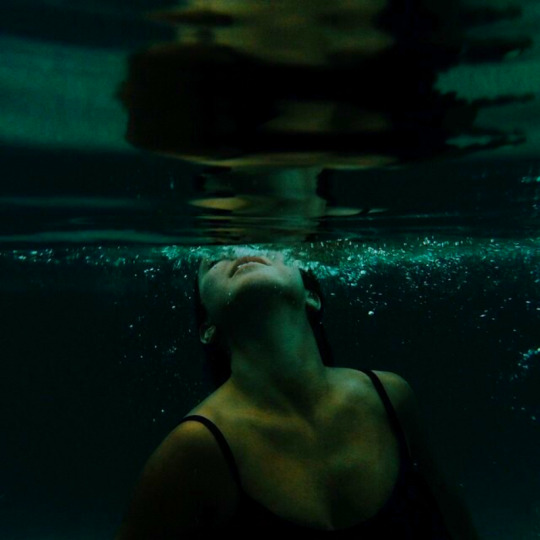

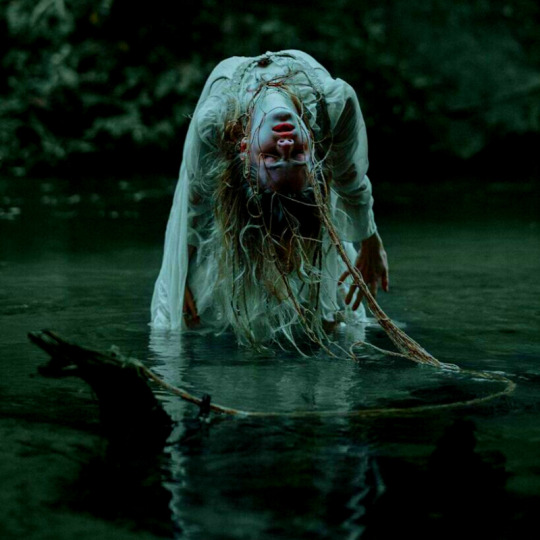
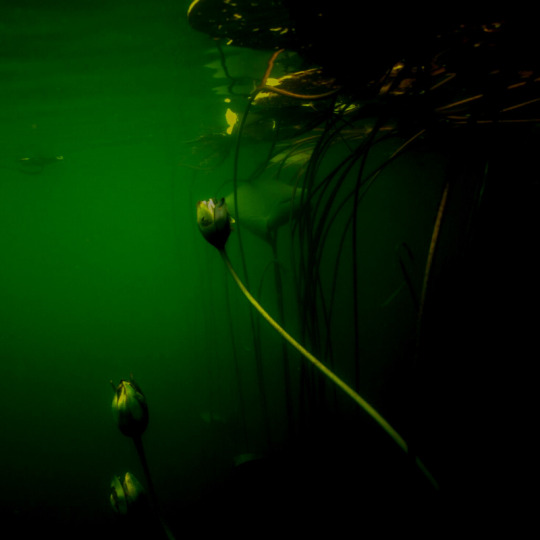



30 days of horror myths: kelpies
kelpie is a shape-shifting spirit inhabiting lochs in scottish folklore. it is usually described as a black horse-like creature, able to adopt human form. some accounts state that the kelpie retains its hooves when appearing as a human. the origins of narratives about the creature are unclear but the practical purpose of keeping children away from dangerous stretches of water.
#scottish mythology#scottish folklore#kelpie#creatures#30 days of horror myths#horror#myths#mythology#scotland
584 notes
·
View notes
Text
Imagine a selkie,
But it's an elephant seal.
Or a walrus if you want to be accurate to location.
Alot of myths would have ended differently if selkies became colossal fighting machines after they got their skins back.
174 notes
·
View notes
Text

Selkie by Annie Stegg
73 notes
·
View notes
Text

And last of the Celtic ones: the Wulver, from the Shetland Islands of Scotland. Unlike a lot of the wolfman myths, Wulver is apparently benign, solitary and just wants to be left alone to fish - occasionally sharing his catch with local widows #HellaWieners
#halloween#hellawieners#hella wieners#halloween 2023#celtic mythology#celtic folklore#scottish mythology#scottish#shetland islands#Shetland folklore#Wulver#werewolf#wolfman#scottish folklore
63 notes
·
View notes
Text

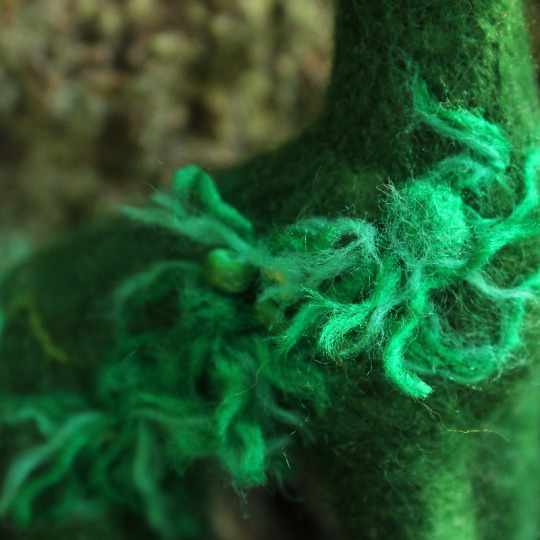
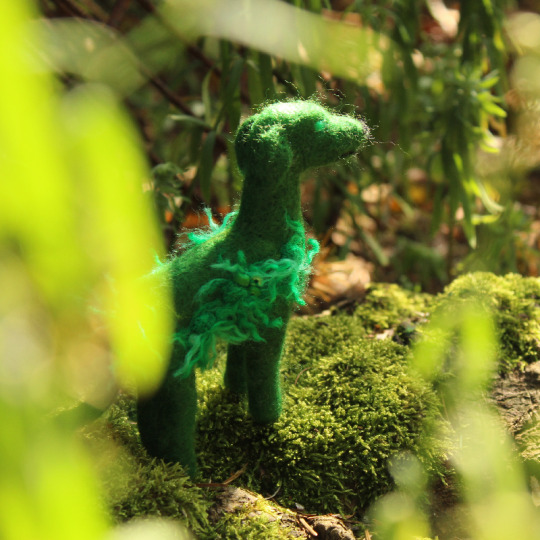
My needle felt cù-sìth (fairy dog) from this week's video :D
#cù-sìth#fairy dog#scottish mythology#cù-sìth scottish myth#needle felt#needle felted#needle felting#sculpture#needle felt dog#mythological dog
52 notes
·
View notes
Text
52 notes
·
View notes
Text
Fairy Deer 🦌

While some fairy folk in Scottish folklore were said to have Fairy Cows, for much of Scotland, the fairies instead raised fairy deer.
“Everywhere in the Highlands, the red-deer are associated with the Fairies, and in some districts, as Lochaber and Mull, are said to be their only cattle.”
Superstitions of the Highlands & Islands of Scotland by John Gregorson Campbell (1900)
The fairies would milk and tend to these deer carefully, and would punish humans for killing a deer.
“When a dead deer is carried home at night the Fairies lay their weight on the bearer’s back, till he feels as if he had a house for a burden. On a penknife, however, being stuck in the deer it becomes very light.”
Superstitions of the Highlands & Islands of Scotland by John Gregorson Campbell (1900)
There are also some fairies that are said to transform into deer (which is not to be confused with a Baobhan Sith, which has the legs of a deer, but the upper body of a woman). In these stories, a fairy is in the guise of a deer.
“In their transformations it was peculiar for the Fairy women to assume the shape of the red-deer, and in that guise they were often encountered by the hunter. “
Superstitions of the Highlands & Islands of Scotland by John Gregorson Campbell (1900)

Historic Audio Recordings:
(link) This song is a fairy lullaby. The composer sees a big strong man passing by with a bow and arrow, and is afraid that he will kill the mother of the young one to whom she sings.According to tradition, the composer was singing to a young deer
(link) This song belongs to the fairy song tradition and was used as a milking song or lullaby. Colin's cattle referred to in the song are the deer.
(link) Ailean Donn spent a year hiding in a cave. He was looked after by a woman who herded the deer. She later saw him in Glasgow, dressed like a gentleman. When she spoke to him, he said she had mistaken him for someone else.

English: Woman carrying a bouquet in the woods, with deer beside her. Date: 1920 Source: The Book of Fairy Poetry
#fairy#scottish folklore#scottishfolklore#mythology#folklore#fairies#scottish mythology#fae#fairytypes#fairy deer#fairydeer#ScottishFairies#Faeries#faery#faerie#MiscScottishFairies
167 notes
·
View notes